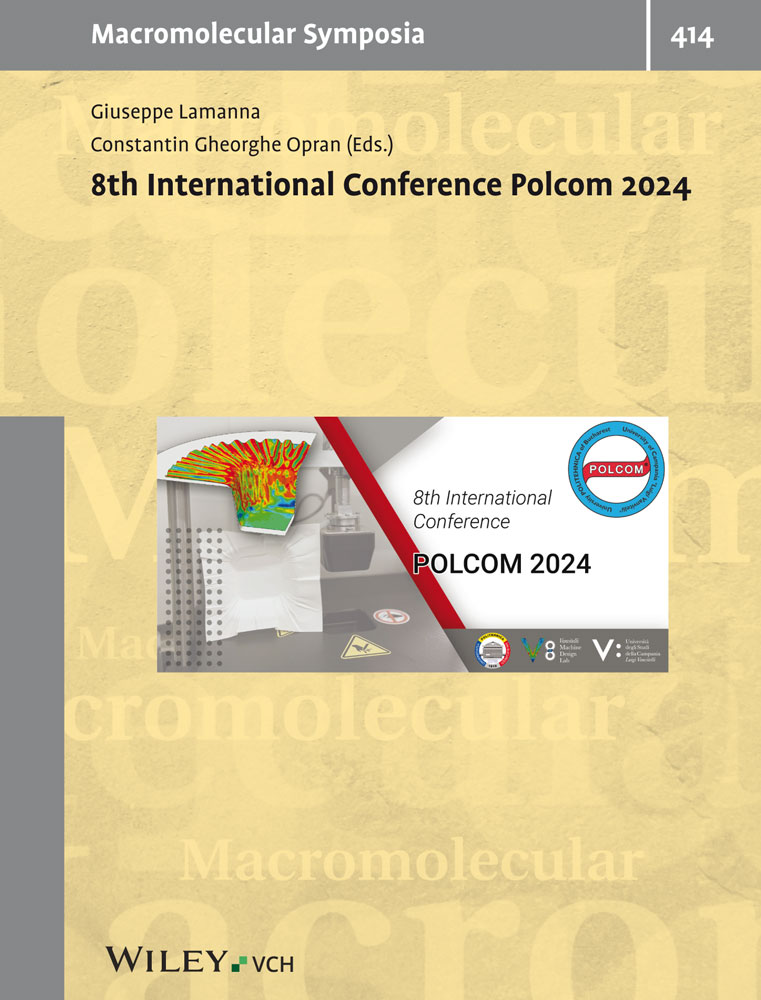Study of platinum and palladium aggregates intercalation into cellulose by waxs, spectroscopic, and microscopic methods
Abstract
The WAXS, SAXS, SEM, TEM, XPS were used to study methods of platinum and palladium aggregates intercalation into the cellulose matrix and changes of cellulose structure after this intercalation. As a result new microcrystalline cellulose - metal compounds containing aggregates of platinum, and palladium were synthesised for the first time using the redox interaction reaction.




